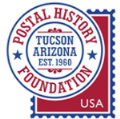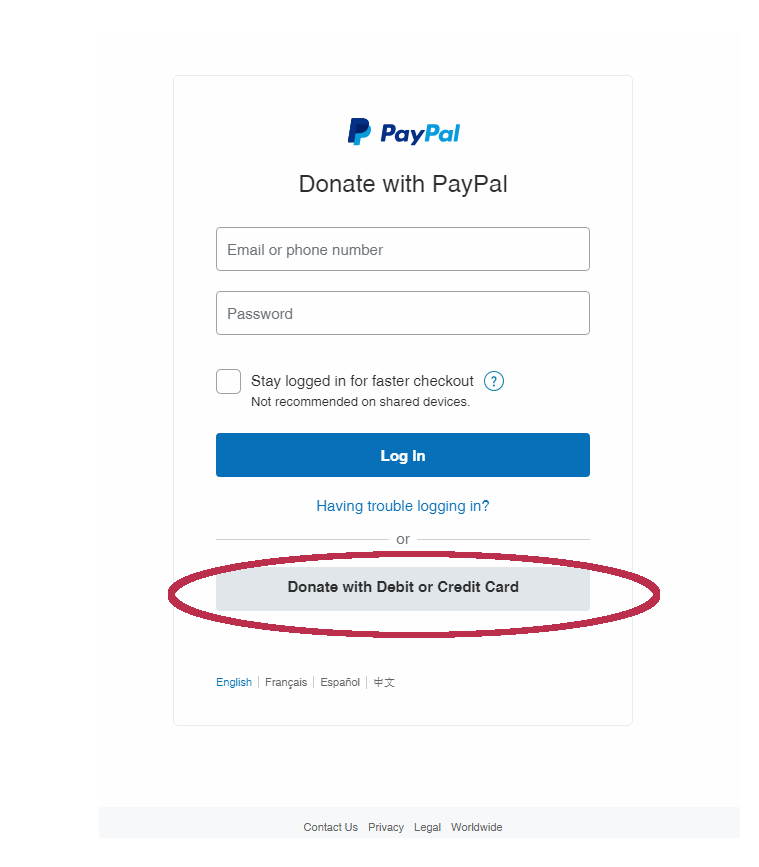
Field trips and classroom visits
We strive to provide a highly extensible and are tailored to grade level and subject matter
The value of field trips and classroom visits
Postage stamps are tiny windows to a great, big world. Using them as a teaching tool in our field trips and classroom visits engages students in a variety of instructional methods.
Differentiated
Both field trips and classroom visits are highly extensible and can be tailored to grade level, group size, and subject matter.
Learn about stamps
We can teach about stamps (why we use them, how to collect them, etc.), letter-writing format, how mail is delivered, etc.
Learn through stamps
We can teach through stamps in a lesson that supports your curriculum (language arts, social studies, math, geography, history, science, physical education, etc.).
Activities
A sampling of the possible activities at field trips on our campus:

Old-fashioned post office
Students learn about the various ways mail has been sorted, processed, and delivered as they see and hear about post office equipment from the early days of the post office through modern times.

Map match
With several maps, including U.S., Arizona, world, and (coming soon) other regions on the globe, this activity is easily catered to the appropriate grade level. Students take either a stamp or a postmark, find that location on the map, and attach it with Velcro. This activity reinforces geography, spelling, and even, sometimes, foreign languages! It is also a favorite of many of our adult chaperones and guests!

Rug map
Kids are given a basket of state stamps to match on the United States map rug in this kinetic activity designed to help reinforce their knowledge of U.S. geography and reading. To make it challenging, the stamp displays the state name on the front, but the rug map only identifies each state by abbreviation. However, the state abbreviation is listed on the back of the stamp as a scaffolding tool.

Alphabet match
Students just learning their A-B-C-s can practice their letters with this activity. A topical stamp is matched to the first letter of the topic. F is for flower on a stamp. U is for umbrella on a stamp. N is for a nurse on a stamp. FUN!

Assemble se-tenants
This activity is like a jigsaw puzzle! The individual stamps of se-tenants, or set of similar stamps, are scrambled with other se-tenants. Students must use critical thinking skills, including recognizing design, shape, and denomination, in order to re-assemble the se-tenants..

Sorting the mail
Post office clerks used to sort mail with sorting boxes. Depending on the level of delivery, they may have separated by state, city, or route. Our sorting box requires students to read the addressed envelopes and place each in the corresponding state box, which are labeled with the entire state name and the post office abbreviation. This activity reinforces alphabetization, reading, spelling, geography, and the life skill of using the post office state abbreviation.

Making bookmarks
Our education assistant, Linda Wynn, prides herself on picking THE BEST STAMPS for this activity. Students select stamps from the container and glue them onto pre-cut strips of cardstock to create their very own bookmark. Seasonal stamps are also used whenever appropriate. We hope this activity not only piques their interest in stamps, but also helps foster a love of books.

Post Office pretend
One student plays the postmaster and controls the cash box. Other students have parcels to mail and pretend money. When they pay to mail their parcels, the postmaster must make change from the cash box– and the customer better make sure the change is accurate! This activity reinforces math calculation skills and the life skill of being a consumer.

Treasure chest
A favorite of kids and adults! Students look through the stamps in the treasure chest and find a set amount (usually 20) stamps that speak to them. Not only does this reinforce counting skills, but the “oohs” and “aahs” from the kids while they hunt for philatelic gems speak volumes! Frequently, kids are also known to identify specific topics on stamps, further reinforcing their general knowledge of various subject matters.

Write, decorate, & mail
A very frequent activity for students on our field trips is to help them write and decorate a postcard. They then use our on-site contract post office to actually mail the postcard. This activity reinforces letter-writing skills and the life skill of posting mail.

A visit to the post office
A very frequent activity for students on our field trips is to help them write and decorate a postcard. They then use our on-site contract post office to actually mail the postcard. This activity reinforces letter-writing skills and the life skill of posting mail.

Reading time
The Slusser Library has a collection of books suitable for children, both fiction and non-fiction, that tell stories about and explain stamps, postal history, and mail delivery. One of our favorites is written by our former librarian, Lisa Hodgkins– Camille Carries the Mail, an illustrated book about a fictional camel based on the real U.S. Army experiment of using camels in the Arizona desert.

Interested in planning a field trip or classroom visit?
Email Education Director Lisa Dembowski at education @ phftucson.org (preferred communication method) or phone 520-623-6652 x102. Classroom visits are free; field trips to the Foundation are $2/student (teachers and chaperones free).


















































